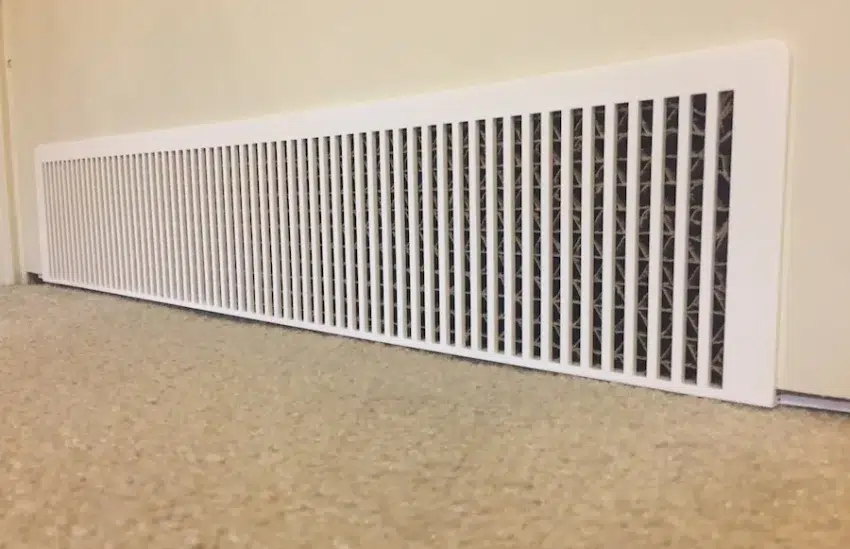Putting a bed over a vent can impact the efficiency of your HVAC system and may cause discomfort while sleeping. When air blocks from flowing through the vent, it can lead to an unbalanced distribution of air in your home and make your HVAC system work harder than it needs to.
Additionally, if your bed covers the vent completely, it can cause the air to direct toward the ceiling instead of circulating throughout the room, making it less effective in heating or cooling the space. In the summer, this can make the room feel stuffy and uncomfortable, while in the winter, it can make the room feel colder than other parts of the house.
If you must place a bed over a vent, there are a few things you can do to mitigate the impact on your HVAC system and your comfort:
Adjust the vents: If your HVAC system has adjustable vents, try adjusting the vents so that they direct air toward the center of the room instead of toward the ceiling. This will help to circulate air throughout the space more effectively.
Use a bed frame with slats: If possible, use a bed frame with slats instead of a solid platform. This will allow air to flow more freely through the vents and into the room.
Keep the vent clear: Make sure that the area around the vent is clear of any obstructions, such as furniture or bedding. This will allow air to flow through the vent more easily.
Use a vent deflector: A vent deflector can help to direct air towards the center of the room and prevent it from being directed towards the ceiling. These can purchase at most home improvement stores and are easy to install.
Monitor the temperature: Keep an eye on the temperature in the room and adjust the thermostat as needed. If the room feels too hot or too cold, you may need to adjust the thermostat or move the bed to a different location.
In summary, placing a bed over a vent can impact the efficiency of your HVAC system and may cause discomfort while sleeping. If you must place a bed over a vent, try adjusting the vents, using a bed frame with slats, keeping the vent clear, using a vent deflector, and monitoring the temperature. By taking these steps, you can help to mitigate the impact on your HVAC system and your comfort.

